As we celebrate Bacolod City’s thrust into becoming a Super City, it is equally important to learn and value our history.
So let past and present collide, as we trace back our roots and learn how the City of Smiles became #SuperCityBacolod through the creative depiction of our local designers, as interpreted by our 15 Miss Bacolod MassKara 2023 candidates.
Production chairperson: Jojie Dingcong; Co-chairperson: Eli Tajanlangit; Creative director: Rodney Mitz; Executive producer: Carlos Durana; Production manager: Ariana Corpuz; Official stylist: Chino Christopherson; Official photo team: EP Studios; Overall production: Team Acids Production; Scriptwriter: Paula Joanne Dequilla; Script Supervisor: Chona Gosiaoco
Miss Bacolod MassKara No. 1
Georgette Ysabelle Millan
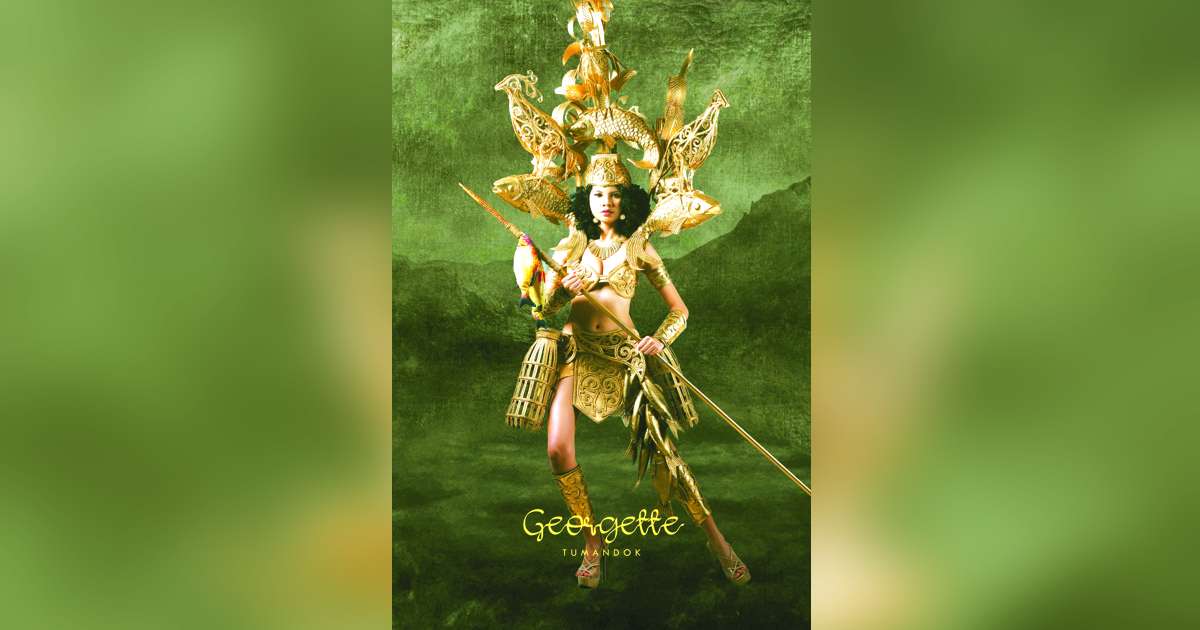
Tumandok
This is what we call the early inhabitants of our island. They would reside near bodies of water, such as river banks or coastal areas, and their main source of living was through “pagpangalap” or fishing with their bare hands, or with the use of “sahid sa lasang.” This is also called “pangayam,” where the tumandoks would hunt for fish using “bangkaws” or spears.
After the inhabitants of the coastal settlement were attacked by Moro pirates, the tumandok transferred from the coast to a hilly area called “bakolod.” The first settlement of the tumandoks is what we now know as Barangay Sum-ag, the oldest settlement in Bacolod City. (Designed by Edwin Benitez)
~
Miss Bacolod MassKara No. 2
Therese Pira-an
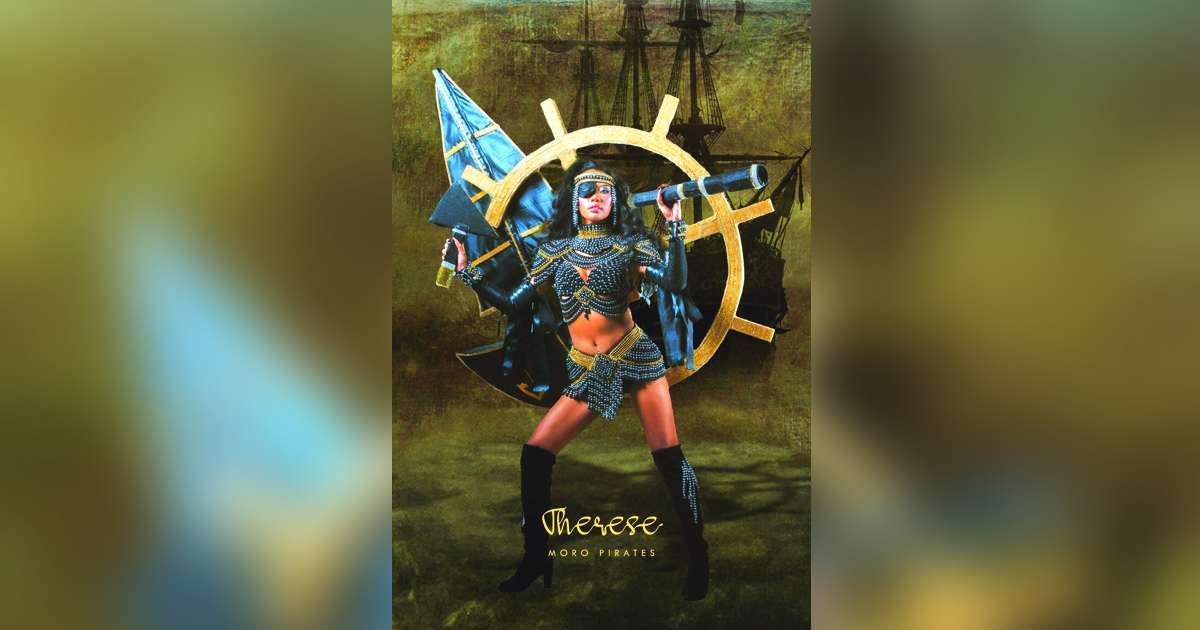
Moro Pirates
The discovery of our island led other pirates and colonizers to want to own our land because it is rich in natural resources that were good for trading during that time.
The Moro pirates, in particular, would come here to loot spices such as “batuan” that you can only find here on our island. These people came all the way from the Sulu and Celebes seas. They would board their ships with wooden sailing galleys, which come in a variety of designs, such as paraw, pangayaw, garay, and lanong.
They were known for attacking and raiding coastal towns with their large fleets. (Designed by Efren Abalajon)
~
Miss Bacolod MassKara No. 3
Tracy Mae Sunio
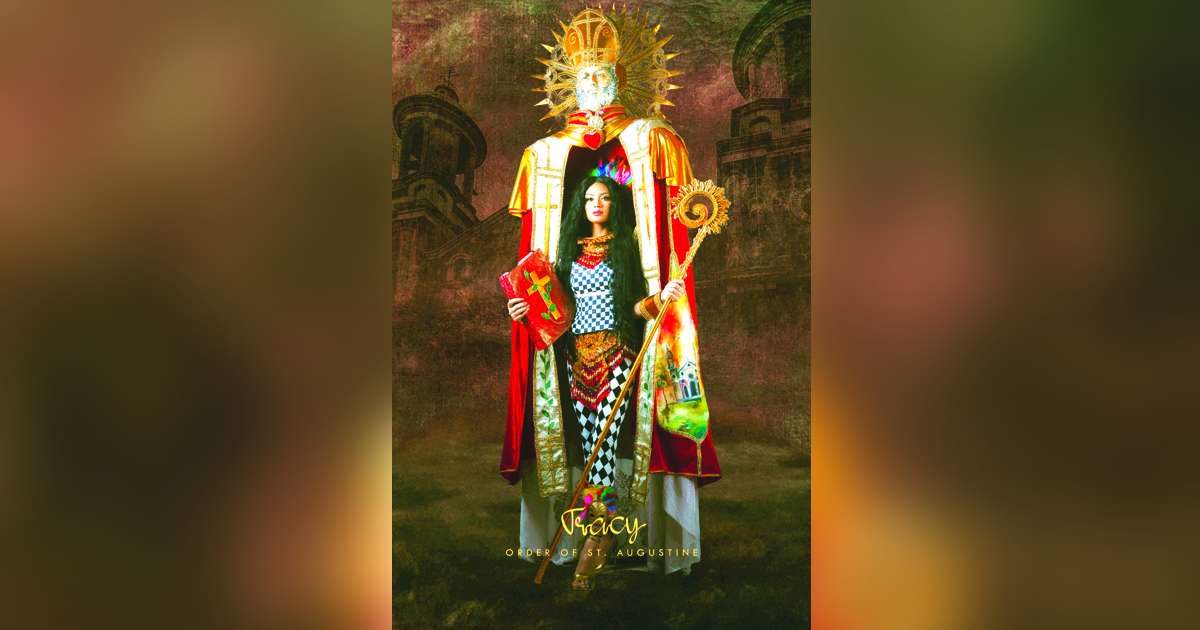
Order of Augustinian Recollects
Like the Moro pirates, many were interested in colonizing the island of spices, but the tumandoks were very territorial of their land and would kill every foreigner who tried to steal what was theirs.
However, in 1570, the order of Augustinian Recollects (Recoletos-OAR) successfully befriended the tumandoks because they learned and mastered how to speak Hiligaynon, so they were welcomed on the island. The Recoletos priests were the ones who introduced Christianity and solidified our faith.
Because most of the Recoletos priests were architects and engineers, they built St. Sebastian Parish (now St. Sebastian Cathedral), and introduced the layout that our church must have a plaza adjacent to it. They were also the ones to establish the first cemetery in Bacolod. (Designed by Joe Aron Espinosa)
~
Miss Bacolod MassKara No. 4
Marianel Tan
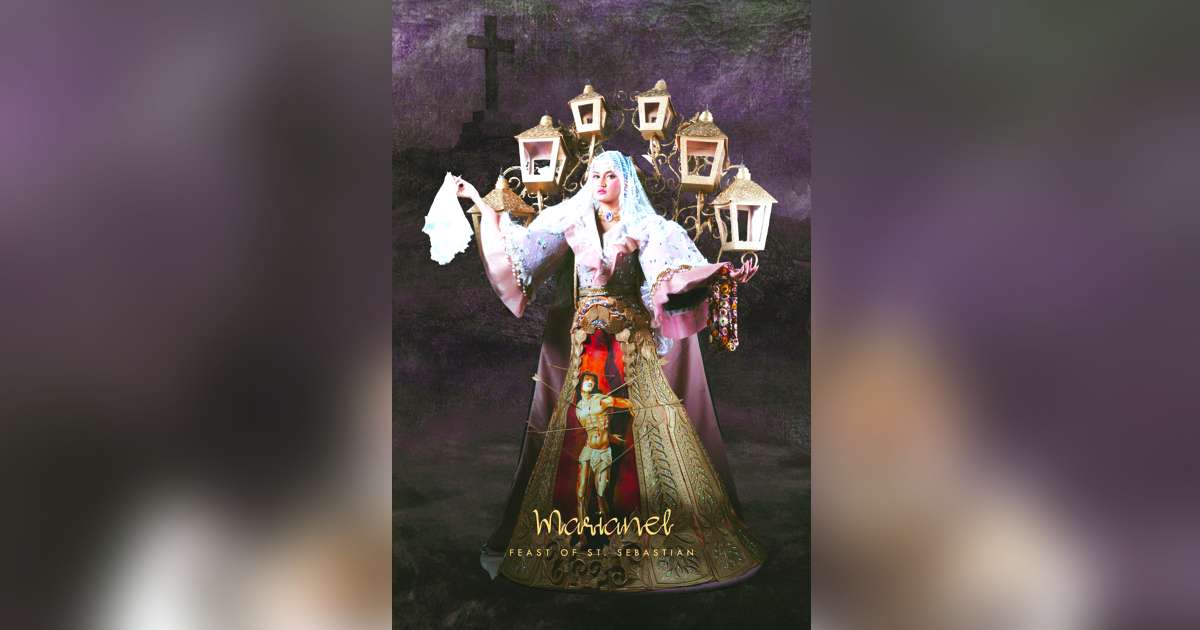
Feast of St. Sebastian
Bacolod, in the early years, was a mere small settlement by the riverbank known as Magsungay. The early missionaries placed the village under the care and protection of St. Sebastian sometime in the middle of the 18th century.
A corregidor donated a relic of the saint for the growing mission, and since then, the village came to be known as San Sebastian de Magsungay.
Eventually, when the settlement grew, the faith was carried over and St. Sebastian became the patron saint of Bacolod City, and we celebrate our faith and devotion to him every January 20.
Highlighted in the celebration is the traditional “traslacion” or the transfer of the center of devotion from San Sebastian de Magsungay to where it is stated today. (Designed by Jamijam Jimera)
~
Miss Bacolod MassKara No. 5
Geralyn Joy Basto
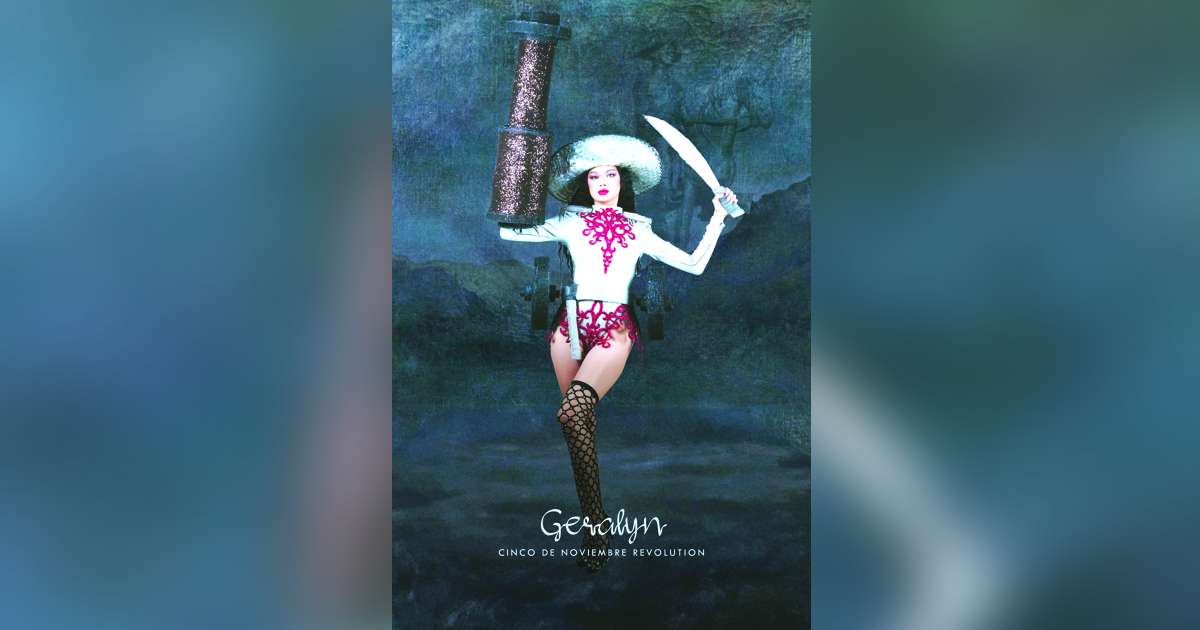
Cinco de Noviembre Revolution
Although not known to many, Bacolod City was part of our victory in the 1898 Al Cinco de Noviembre Revolution.
Colonel Isidro de Castro was at St. Sebastian Parish when he saw the Negrense troops coming from the northern and southern parts of the province with their fake canyons heading towards the Bacolod City plaza. Bacolod was where the Spaniards decided to wave the white flag, sign the act of capitulation, and grant us our freedom.
To celebrate our victory on the dawn of November 6, 1898, the Philippine flag was first waved at the house of Don Jose Luis de Luzuriaga, which is where our old city hall was located, and this is the very reason why our public plaza was formerly known as Plaza del Saiz de Noviembre. (Designed by Nattie Sabido)
~
Miss Bacolod MassKara No. 6
Allona Nejar
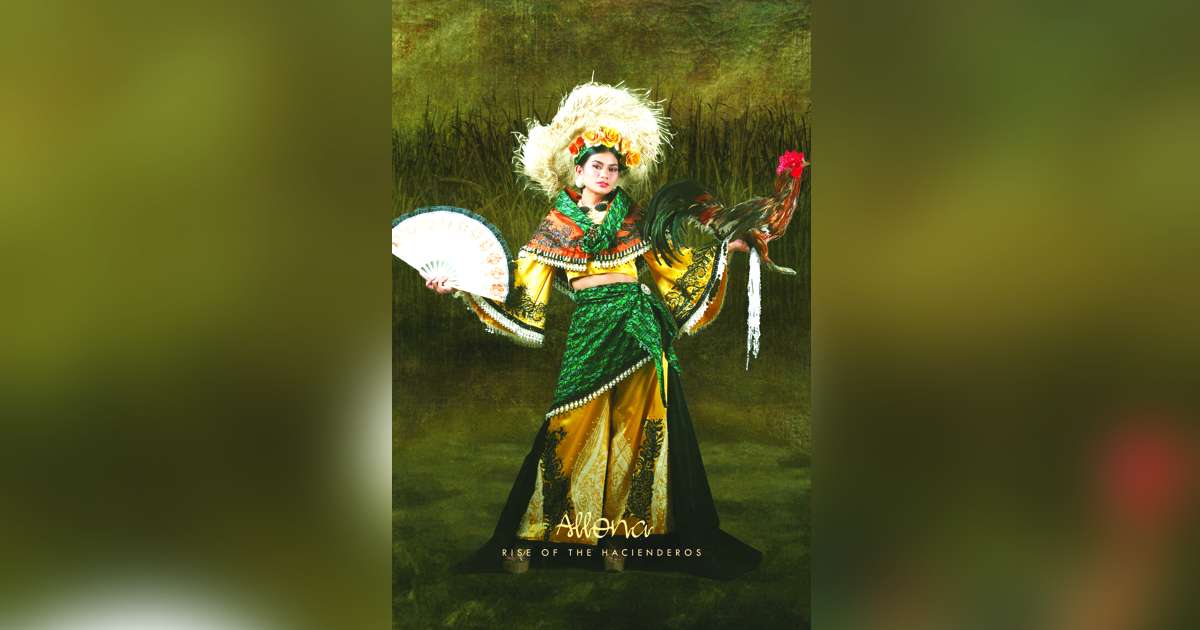
Rise of the Hacienderos
Much like a real military organization, our revolutionary leaders held secret meetings in the guise of fiestas, birthday parties, and other glamorous occasions.
Good food and sweet wine were part of the revolution, thus following the victory against the Spaniards. The hacienderos decided to lead the island and established the Negros Cantonal Government. Our revolutionary leaders are mostly comprised of hacienderos and haciendados, and they were the ones who dominated this short-lived revolutionary entity.
During this time, the Balay Daku or the Boat House, was built by a prominent sugar planter, Generoso M. Villanueva, along with his wife, Paz. Eventually, on the same street, another mansion was built by Don Mariano Ramos which stands as a testament of our glorious past. This street was dubbed as “The Millionaire’s Row,” located at Burgos Street. (Designed by Ethel Donoso)
~
Miss Bacolod MassKara No. 7
Jada Biaxyl Celeste
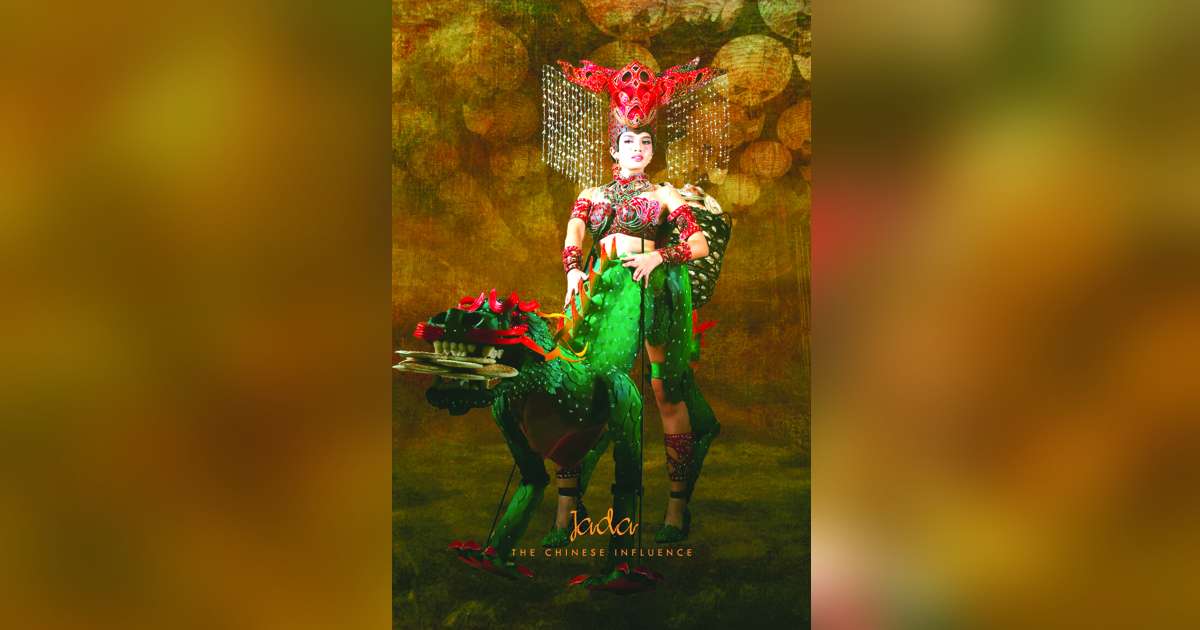
Chinese Influence
The establishment of Chinese communities here in Bacolod City remains evident up until today. They were the ones who introduced the “mercado,” or commonly known as shopping among locals. This area is dominated by Chinese-owned business enterprises.
Even our sweet delicacy, piaya, was introduced by a Chinese who married a babayeng Negrosanon.
Cha Da-Mi used to love eating a round bread with sugar filling, with her husband as an afternoon snack. Later on, it was developed into an actual delicacy and was called piaya, derived from the Chinese word “pia” which means bread. (Designed by Aaron Marin)
~
Miss Bacolod MassKara No. 8
Janine Cabrillos
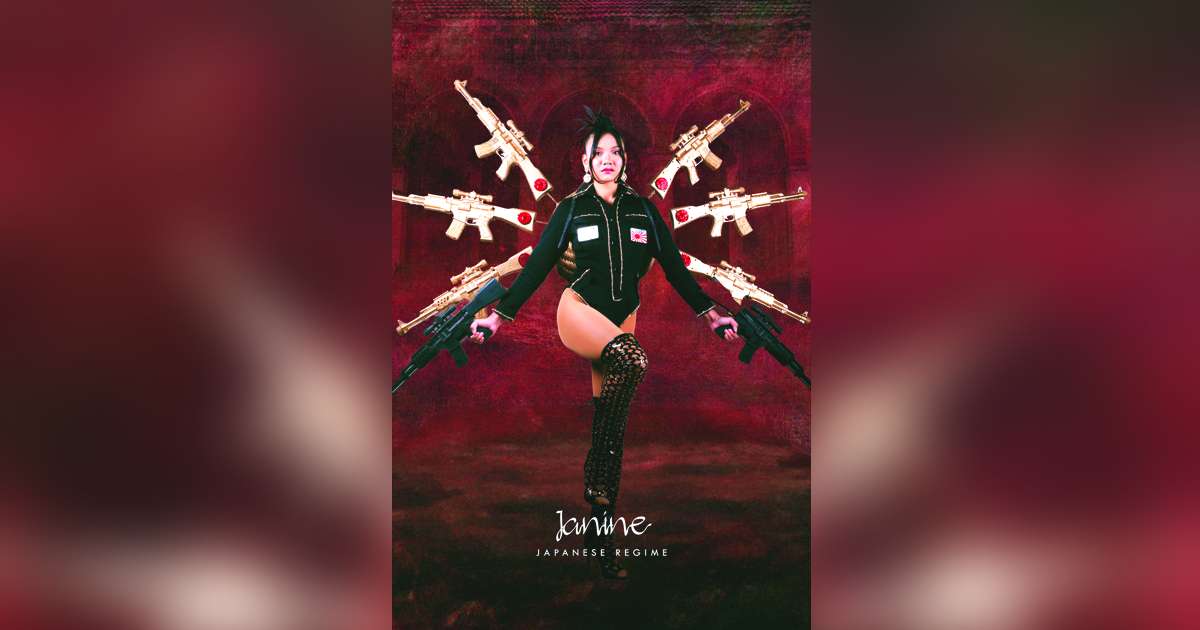
Japanese Regime
When World War II began in 1942, Bacolod was occupied by the Japanese forces.
When the Japanese regime began in the country, some of their armies were stationed here in the island.
However, one Japanese, in particular, Kokichi Paul Ishiwata, an urban planner and architect who served in the war at that time, fell in love with a native and decided to begin a life here in Bacolod.
Ishiwata sent his child to study at Colegio de Nuestra Señora de La Consolacion, or what we know now as La Consolacion College-Bacolod. As an act of gratitude, he designed the facade of the school.
Ishiwata is also known for designing the Ishiwata Bath House at the Mambukal Resort. (Designed by David Hilario)
~
Miss Bacolod MassKara No. 9
Cailah Jhane Delarma

American Era
It was in 1945 when the Americans took over Bacolod City.
During American rule, the Rizal Institute was set up in Bacolod, providing education to the Bacolodnons.
They introduced many architectural styles to Bacolodnons, namely Art Deco, which can still be seen in buildings around the city today.
One good example is the Provincial Capitol Building and Lagoon, which was designed by Juan M. Arellano, and Daniel Hudson Burnham — the same architect of the renowned Burnham Park in Baguio City. The bandstand in the public plaza is also a product of American-influenced architecture.
The Americans played a big role in the construction of our roads here in Bacolod. Which is why, if you noticed, some of our streets are named after the Americans.
And it was also during this time when we started getting known for our rich sugar barons, which paved the way for real estate businesses in the city, such as Sea Breeze and Bascon Hotel. (Designed by Larry Hilario)
~
Miss Bacolod MassKara No. 10
Elli Rose Elola
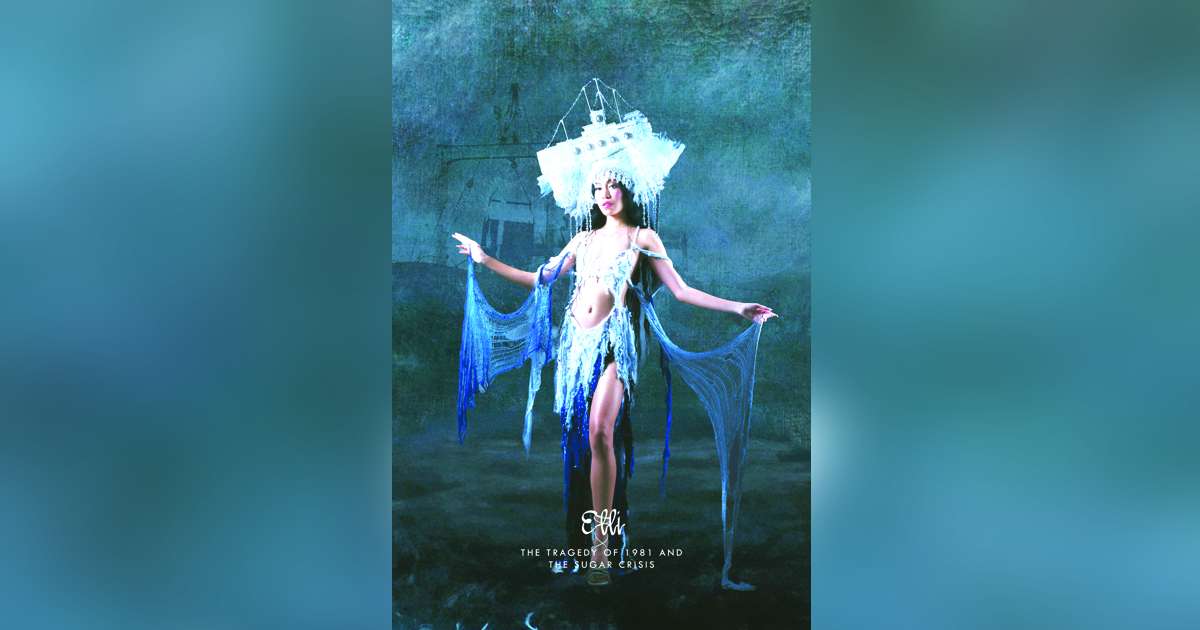
The Tragedy of 1981 and the Sugar Crisis
The City of Smiles’ history also comes with a tragic story.
On April 22, 1981, the MV Don Juan — a luxurious ship with admiral cabins carried many of our illustrados and sugar barons for a maiden voyage. The ferry was bound for Bacolod when it collided with an oil tanker, which led to the ferry being swallowed by the sea with only hundreds surviving out of a thousand passengers.
This tragic event also happened during the time when there was a decline in the sugar industry and a famine that affected the entire island and most especially Bacolod City. (Designed by Herwin Cardoza and Ericka Celiz)
~
Miss Bacolod MassKara No. 11
Rose Mariel Sansing
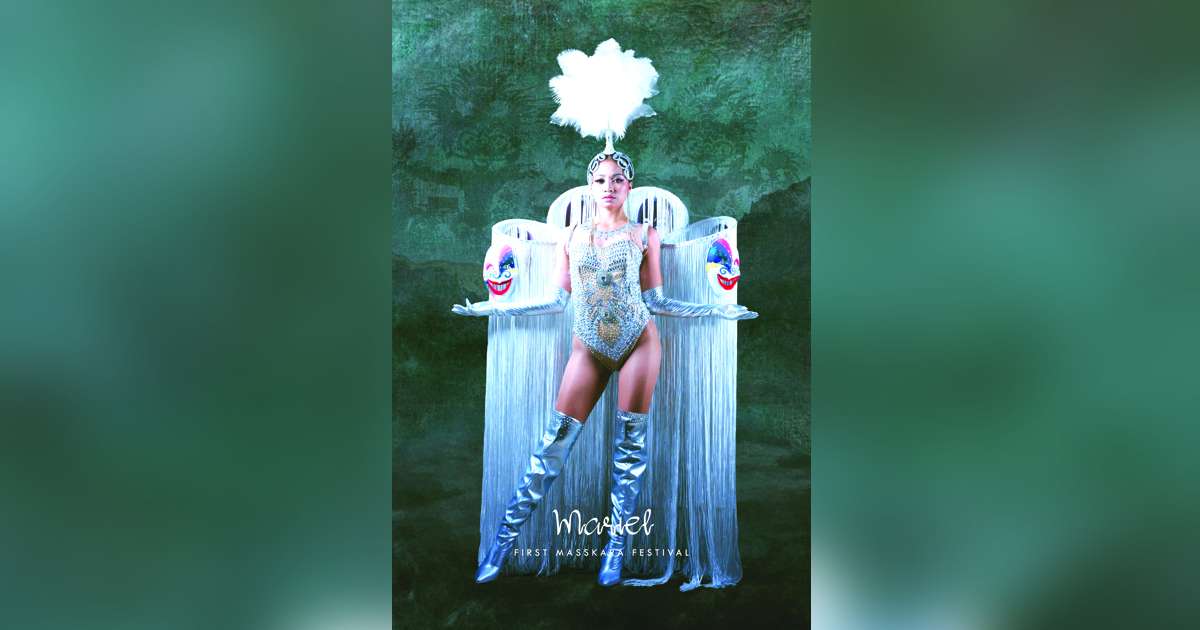
First MassKara Festival
Because the sugar industry was at an all-time low, Bacolodnons found various means of making money.
A group of artists, headed by Rodney Martinez, gathered and started making masks out of coconut husks and paper mache to sell to tourists and generate income. Inspired by the colors of the Rio Carnival of Brazil, the MassKara Festival was created to uplift the spirits of Bacolodnons and bring back the smiles of its people.
Today, it is now known as one of the most colorful festivals in the country and is an annual reminder of our resilience. (Designed by Jett L. Desucatan)
~
Miss Bacolod MassKara No. 12
Kyle Santillan
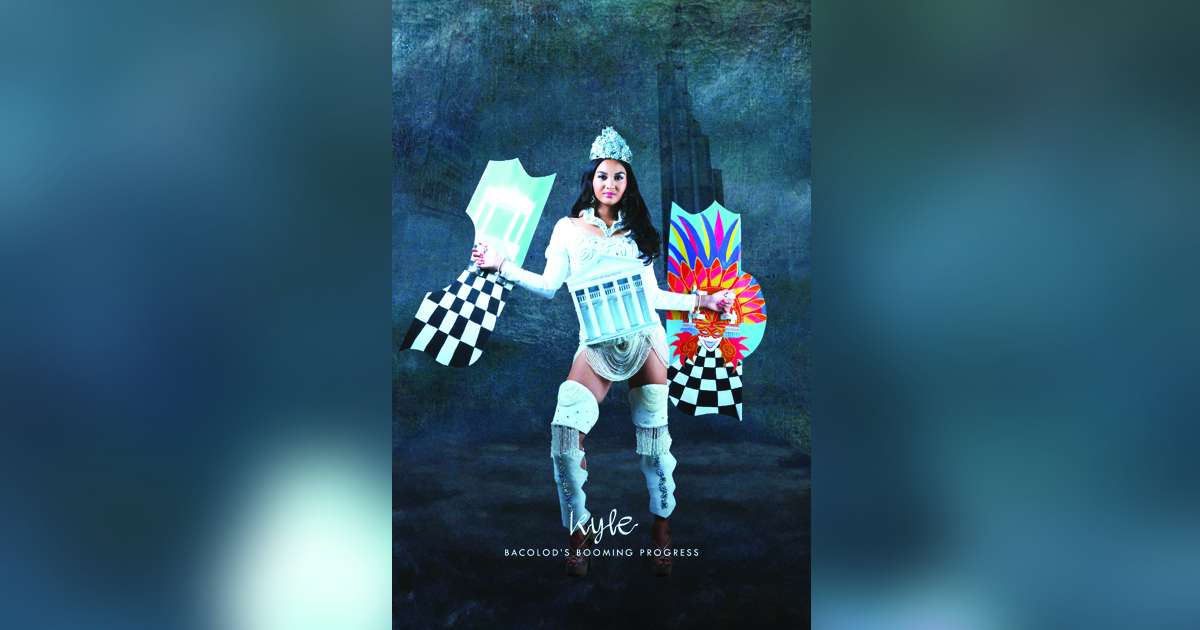
Bacolod’s Booming Progress
From then on, after many challenges that came our way, we always carried hope within us and relentlessly pushed for progress.
In 2010, the New Government Center was established and easily became one of the top landmarks in the city. It also attracted more business ventures for the city.
The New Government Center (now known as the Bacolod City Government Center) is a beacon and a testament of our city’s progress and development.
To commemorate the success of Bacolod City for the past 80 years, the Halandumon Tower was built. This landmark now stands where the former clock tower was situated at the corner of Gonzaga and Gatuslao Streets, and is a symbol of Bacolod City’s progress and success over the past eight decades. (Designed by Karlos Einosas)
~
Miss Bacolod MassKara No. 13
Ma. Ericka Panganiban
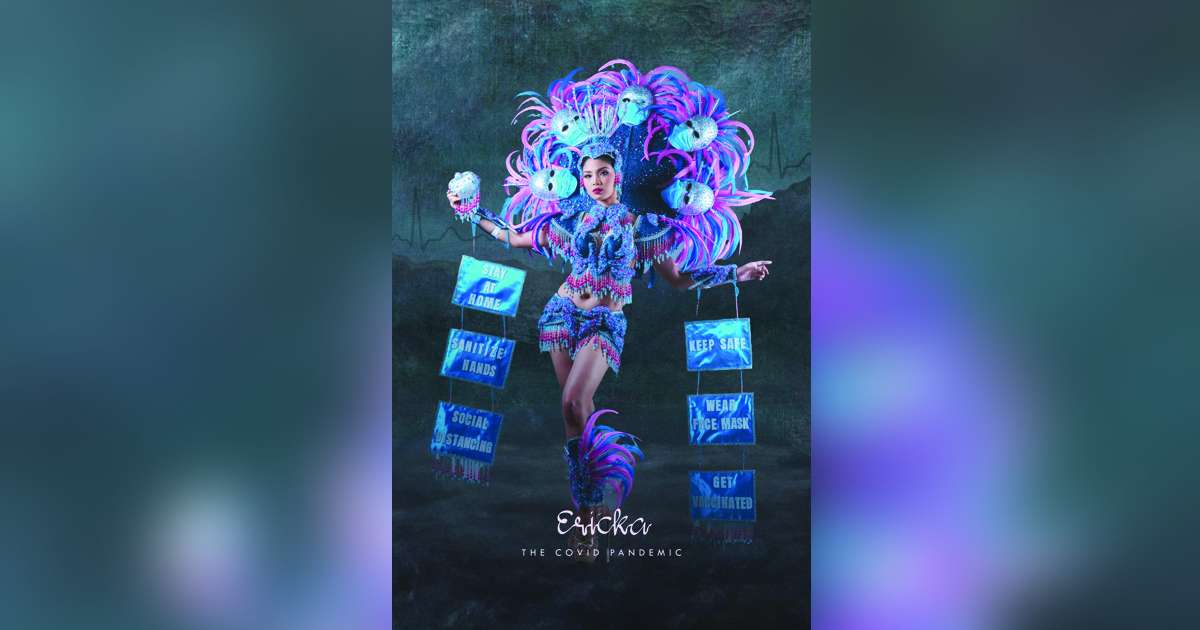
The COVID-19 Pandemic
Like going in a full circle, the world came to an unexpected halt in 2020, when we were struck with the COVID-19 virus.
Everything was put on hold, everyone was cooped up in their homes, and for two long years the streets of Bacolod were empty.
However, the pandemic reminded us of our resilience as Bacolodnons because when the world started wearing a mask, we wore ours with a smile — in true Bacolodnon fashion! (Designed by Pau Panganiban)
~
Miss Bacolod MassKara No. 14
Crizwin Claire Española

Road to Change
As always, we picked ourselves back up on our feet.
After the pandemic, Bacolodnons cried for change and searched for a glimmer of hope to shine upon our city that will help us rise from the series of adversities we just faced.
A whole new era began and a road to change was introduced following the election of new leaders in Bacolod City.
The road to change promised us hope for a brighter tomorrow, brought back our matam-is nga yuhum and led us to where we are today. (Designed by Rheenoy Palacios)
~
Miss Bacolod MassKara No. 15
Yvonne Catamco
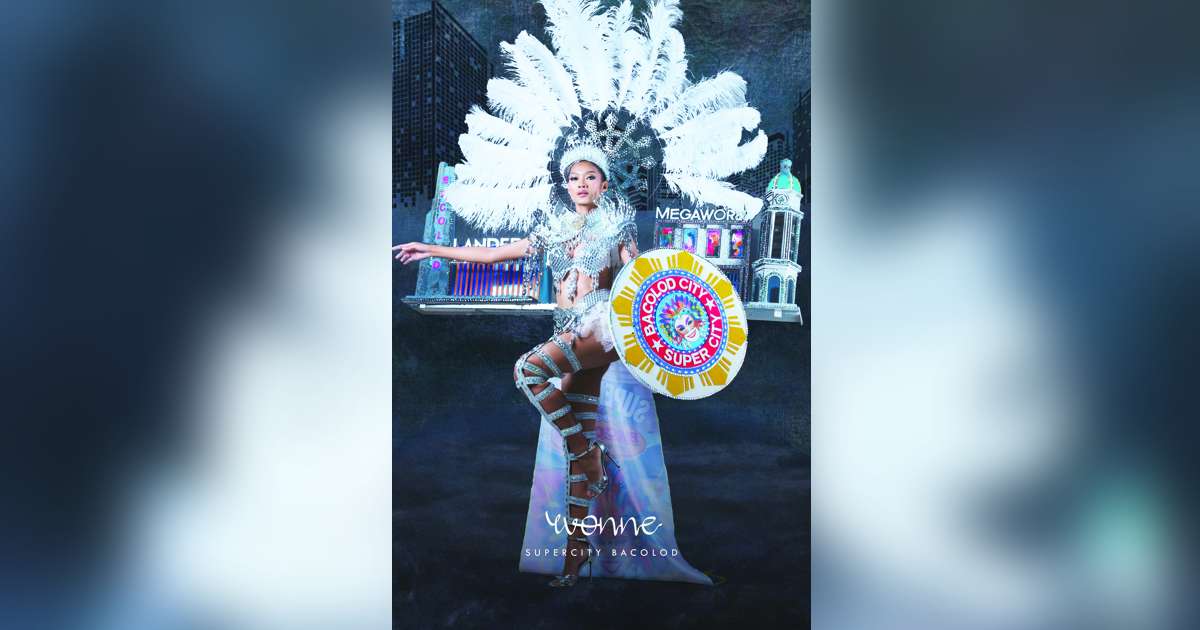
Super City Bacolod
After a year of taking the road to change, our leaders stayed true to their promise of bringing out the best in our city.
We have experienced economic recovery and growth, a resounding boom in construction, and attracted multiple investors. For the first time in two years, our sweet smiles were brought back as we celebrated the grandest MassKara Festival to date.
The pandemic did not stop us from continuously progressing, and every day we are given a reason to smile and celebrate because Bacolod City is on its way to becoming a Super City.
So this year, we have all the reasons to smilebrate kag magsinadya sa Super City Bacolod! (Designed by Edwin Benitez)
